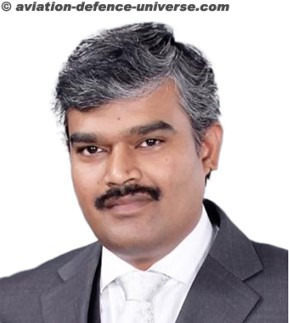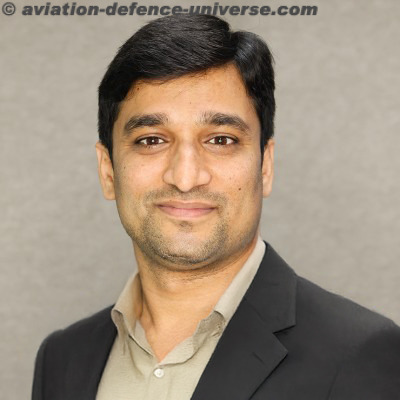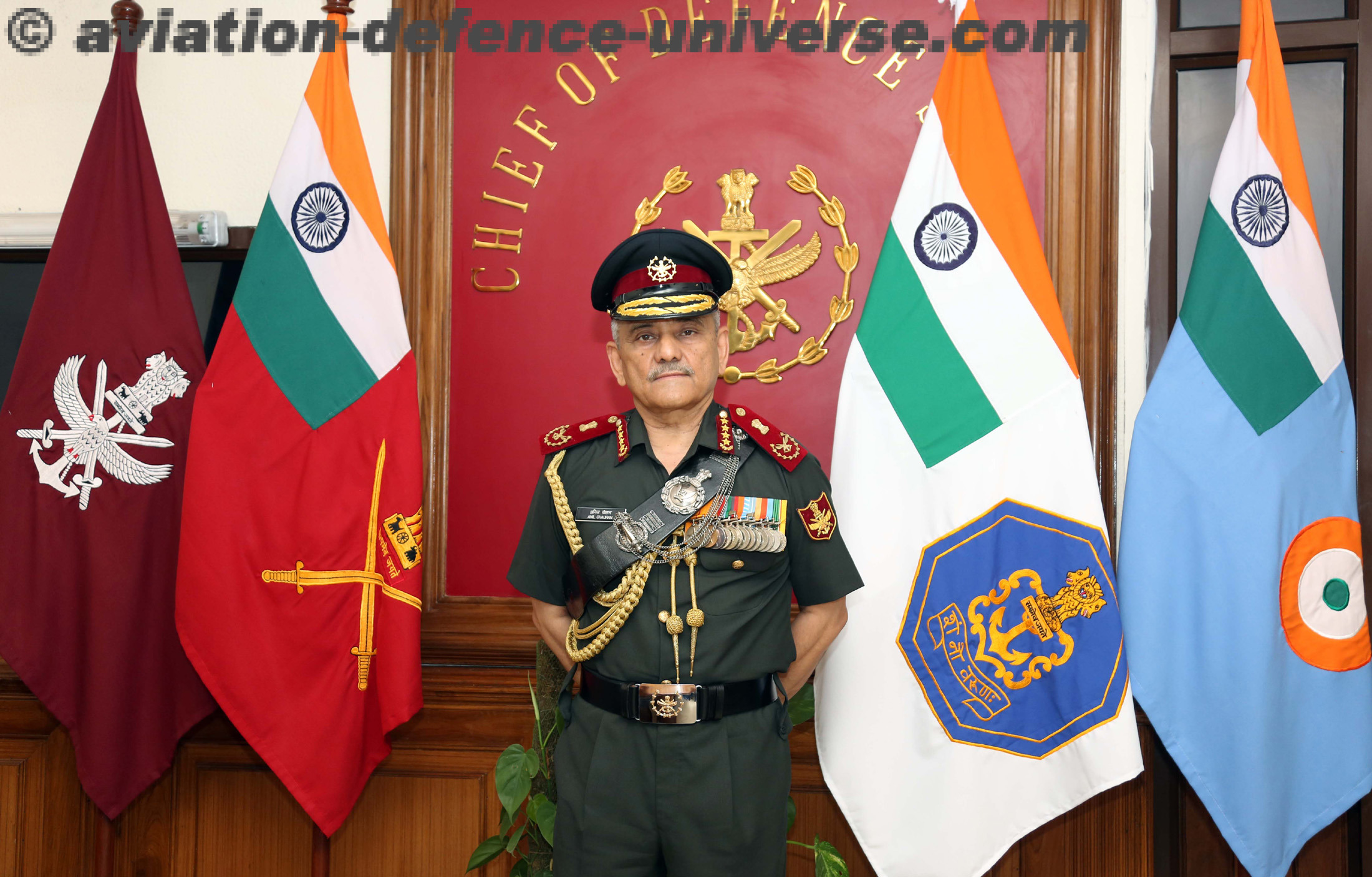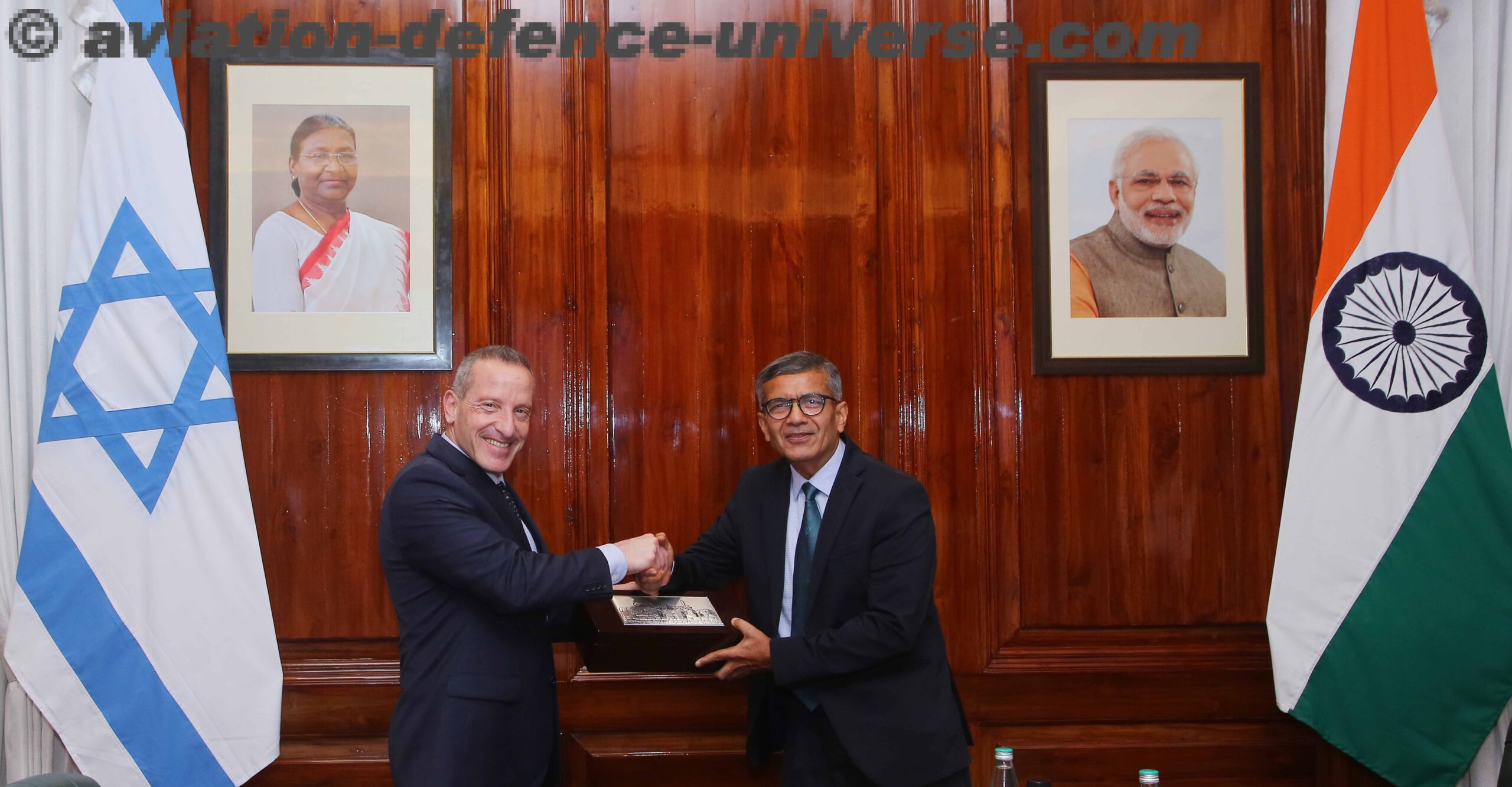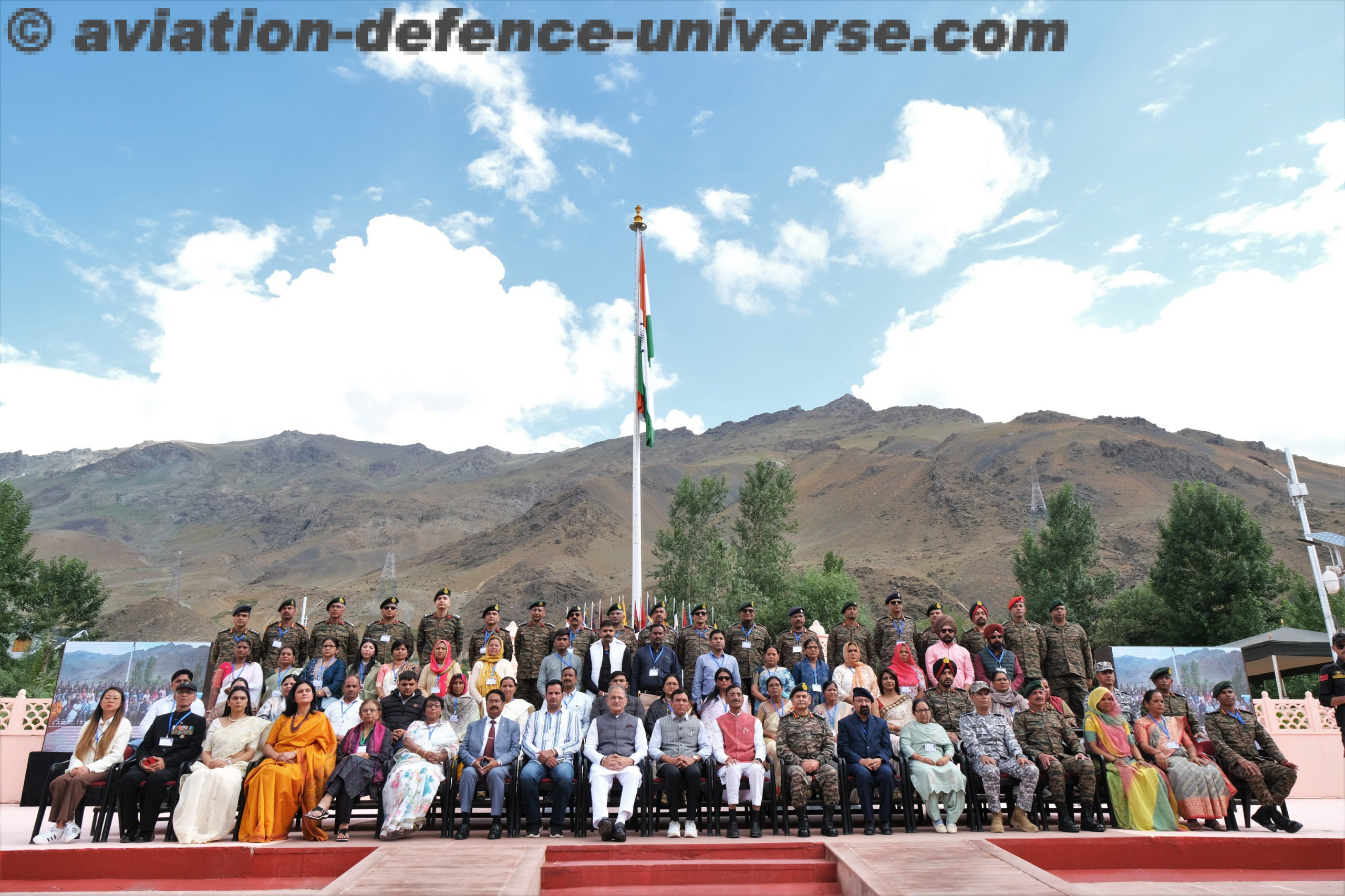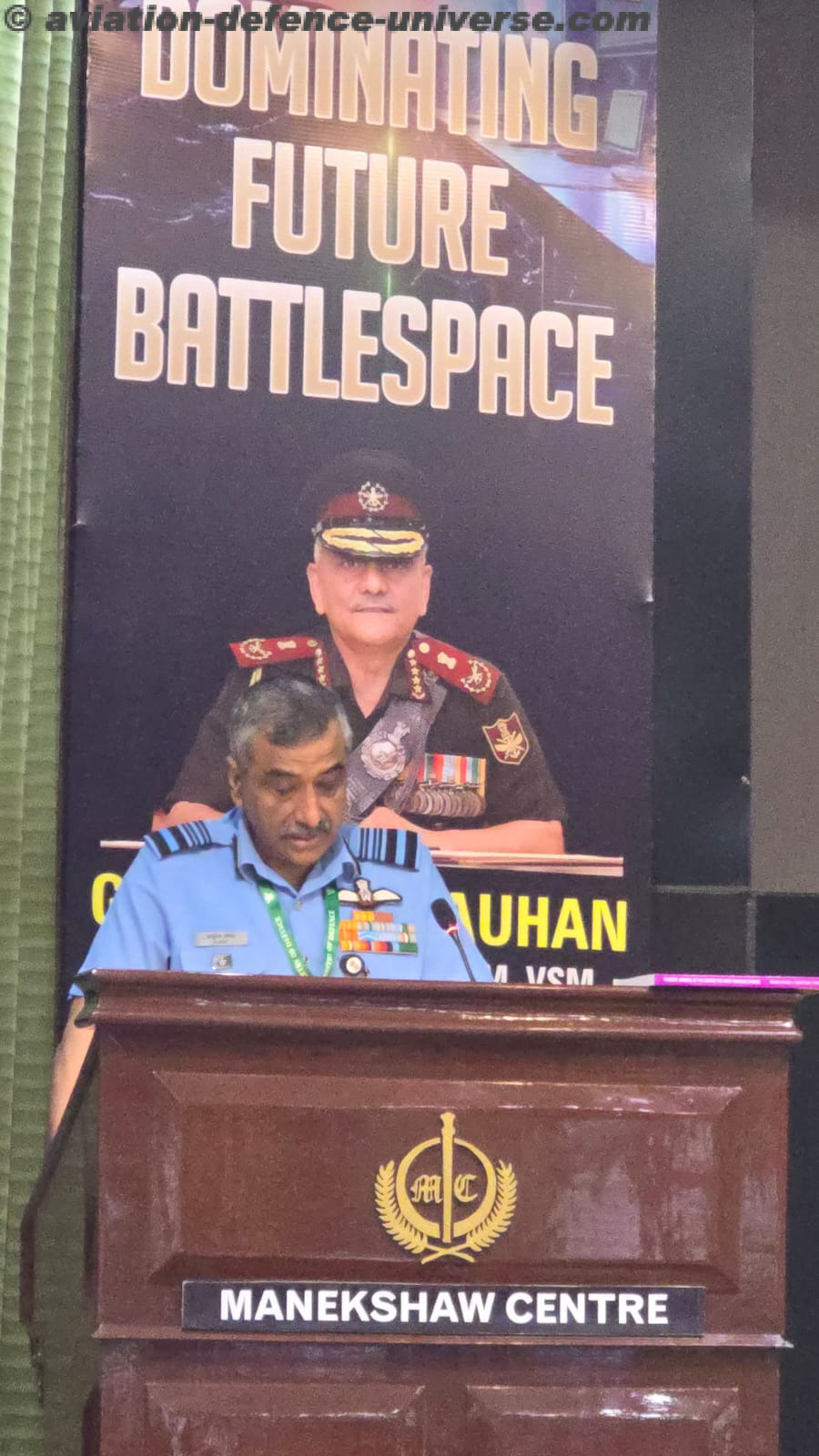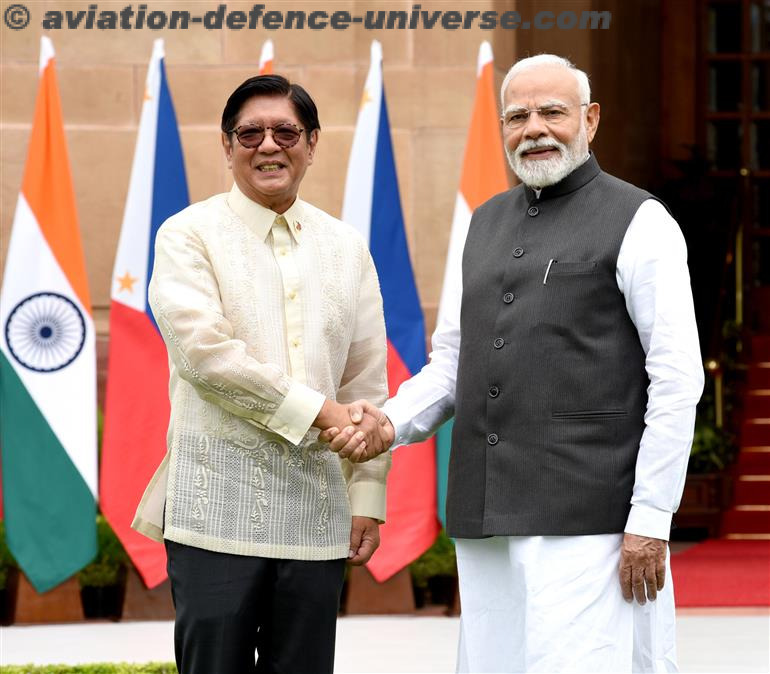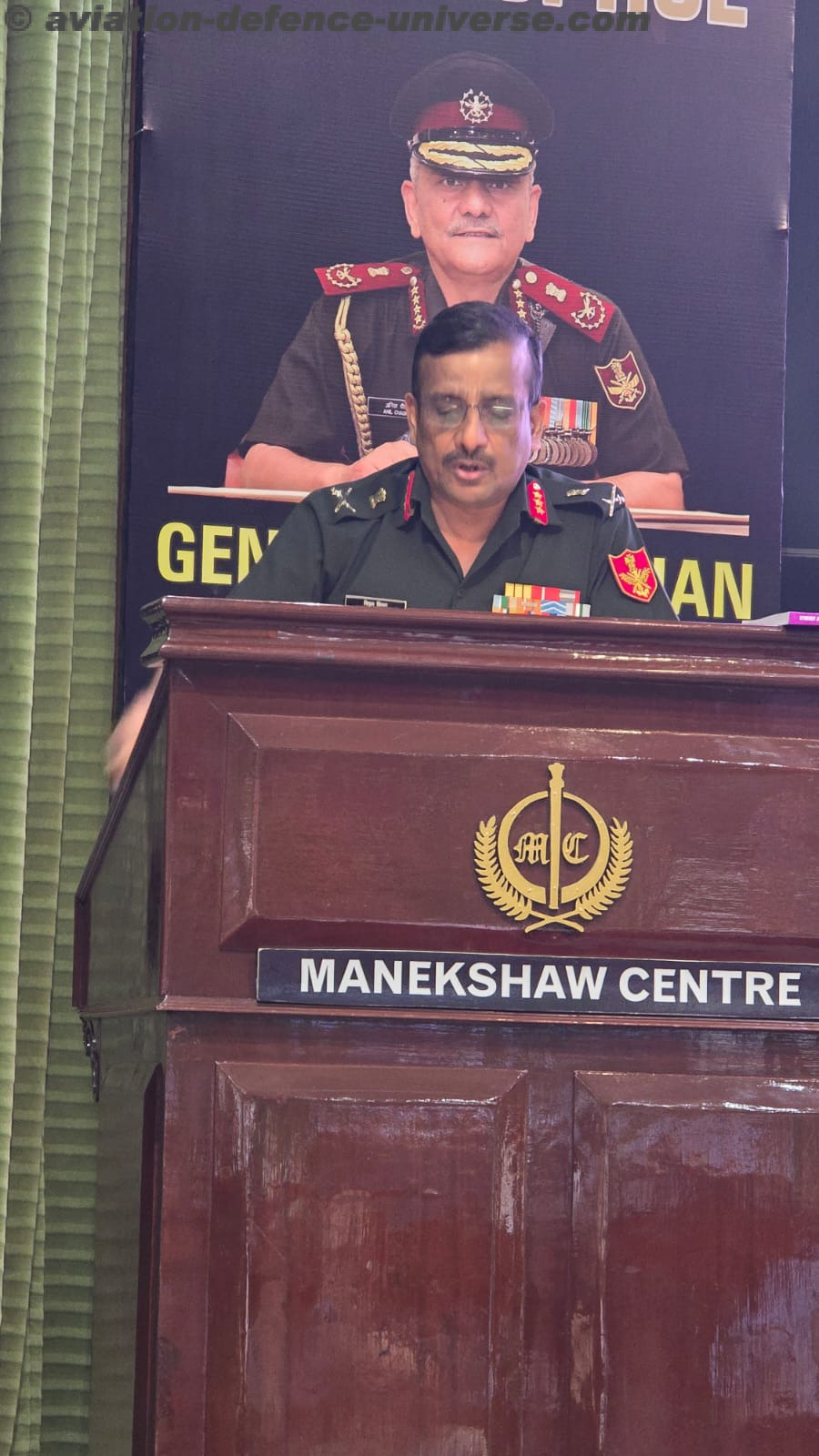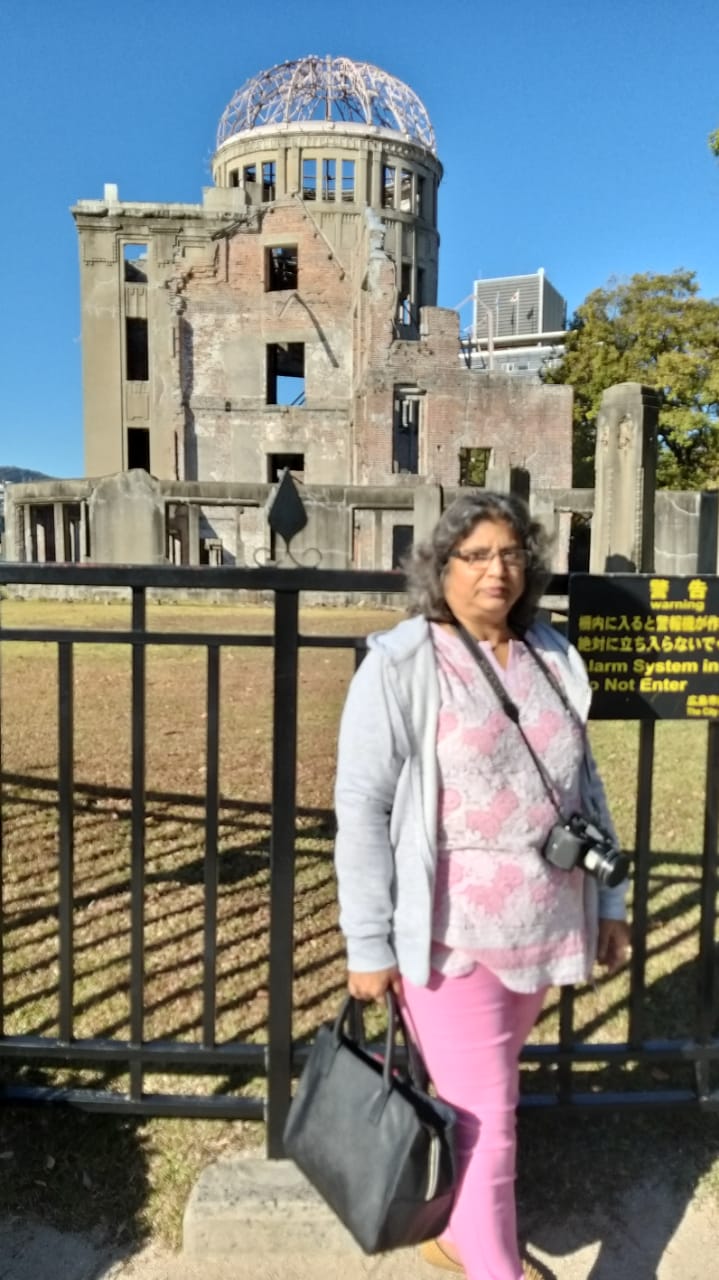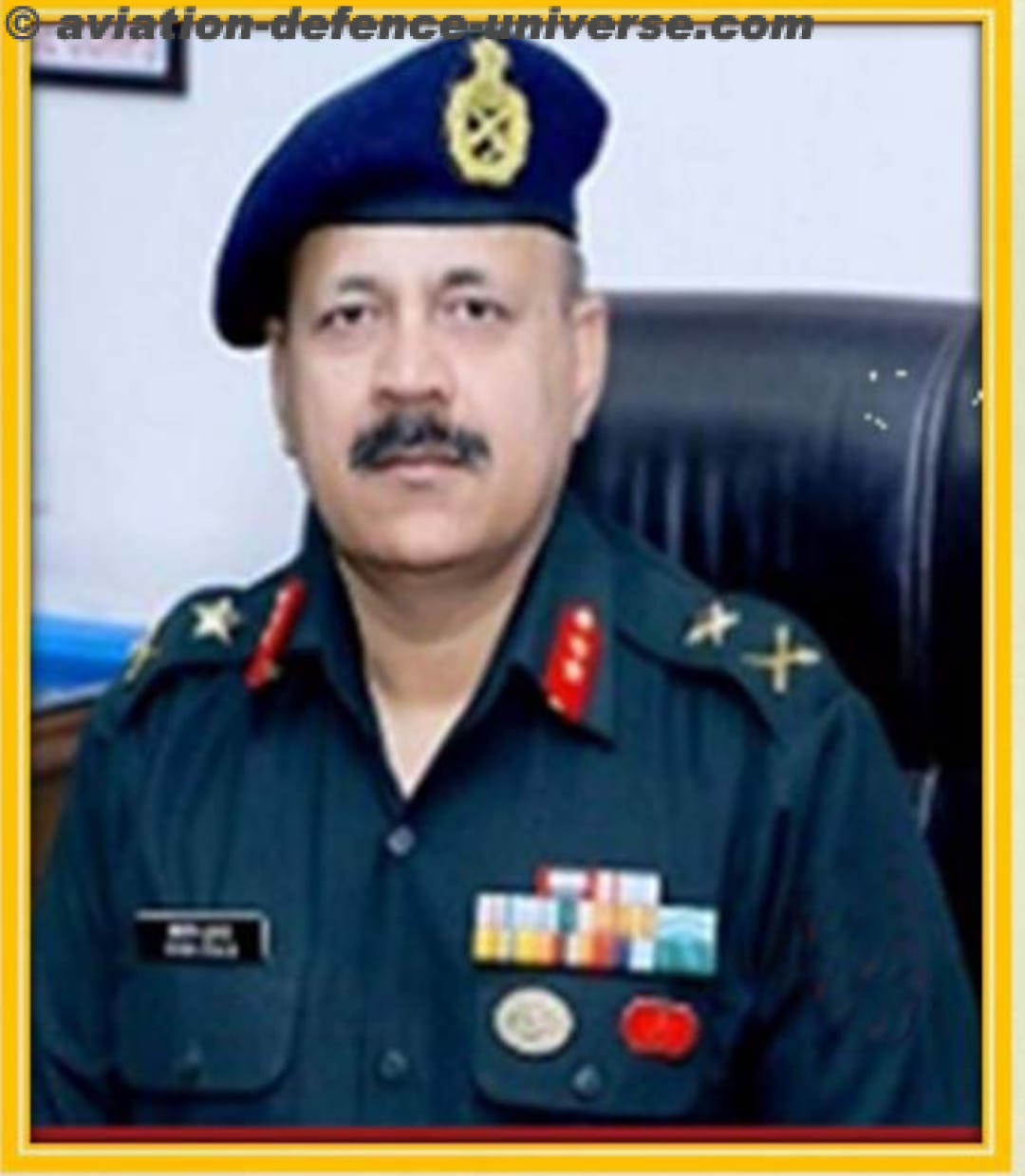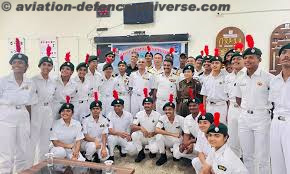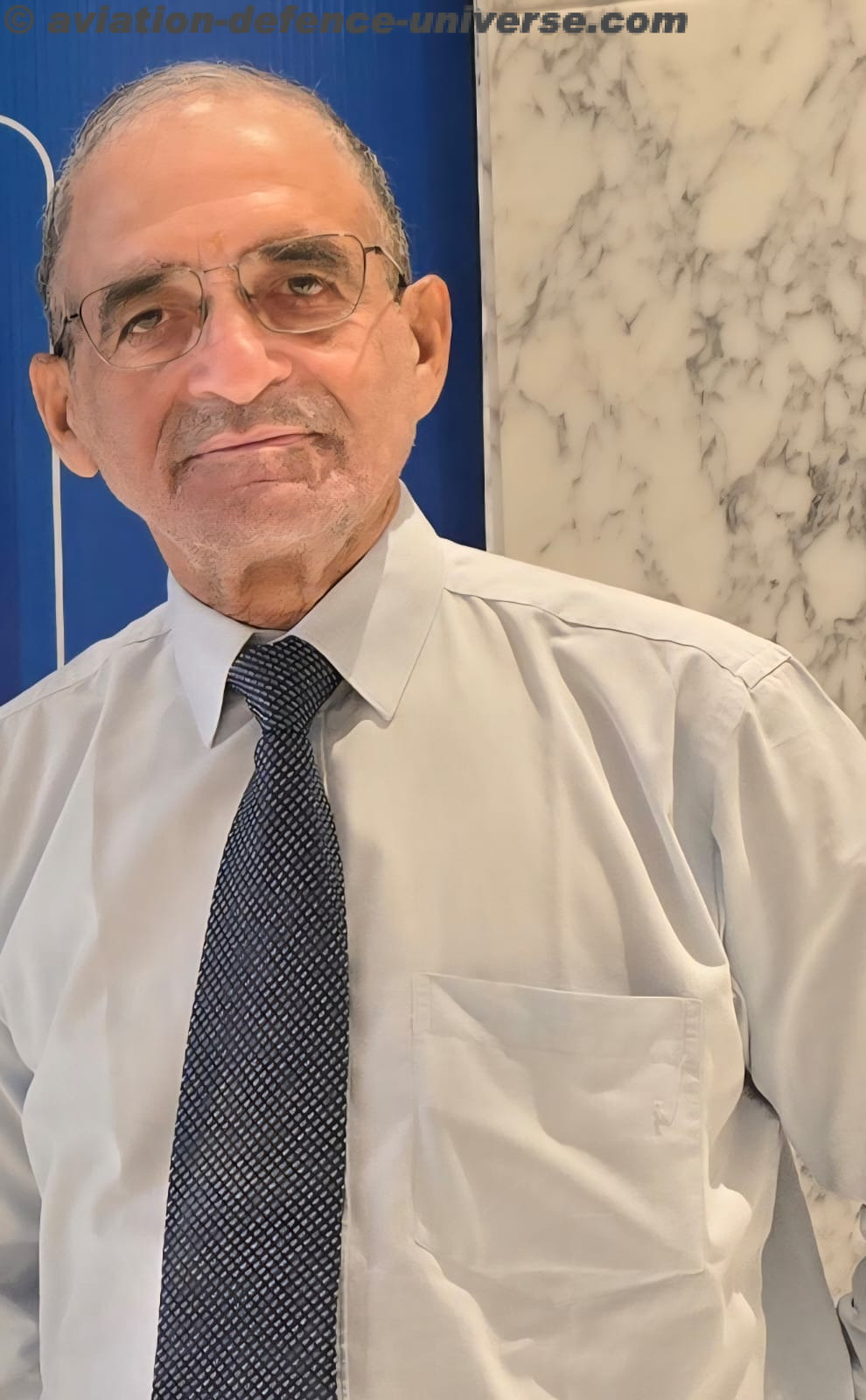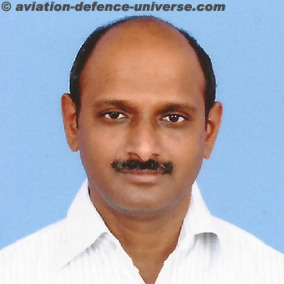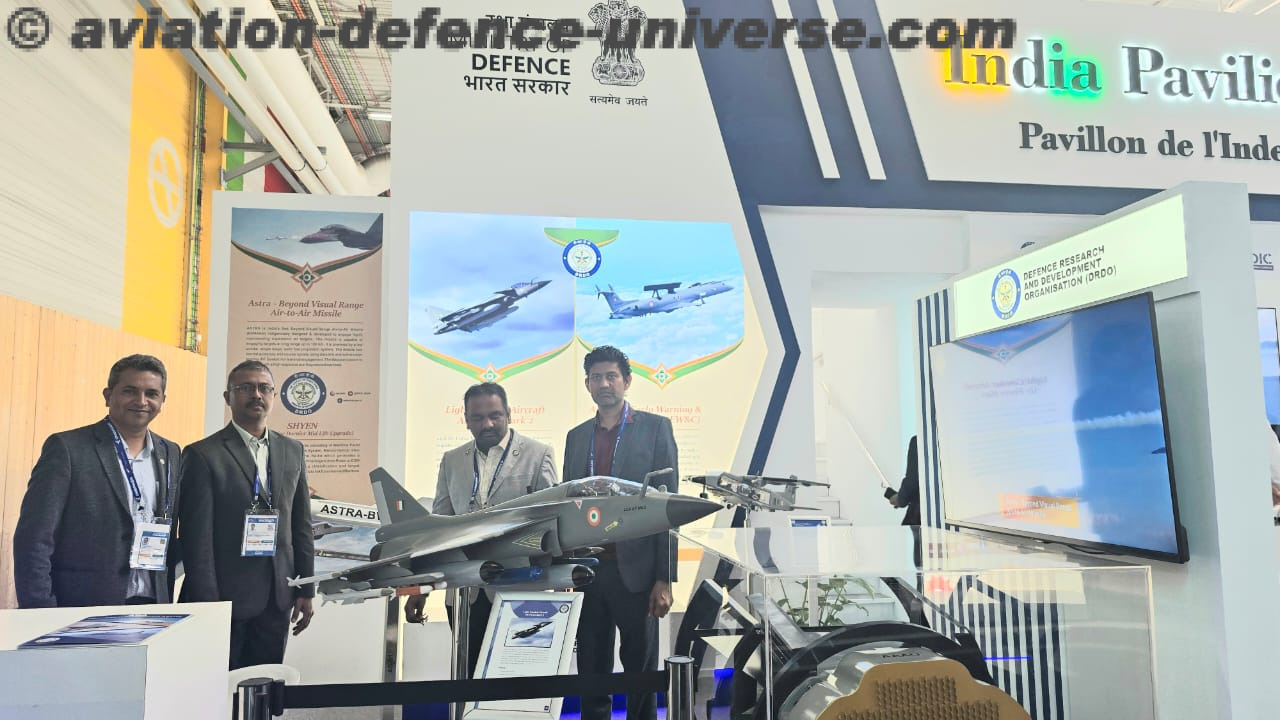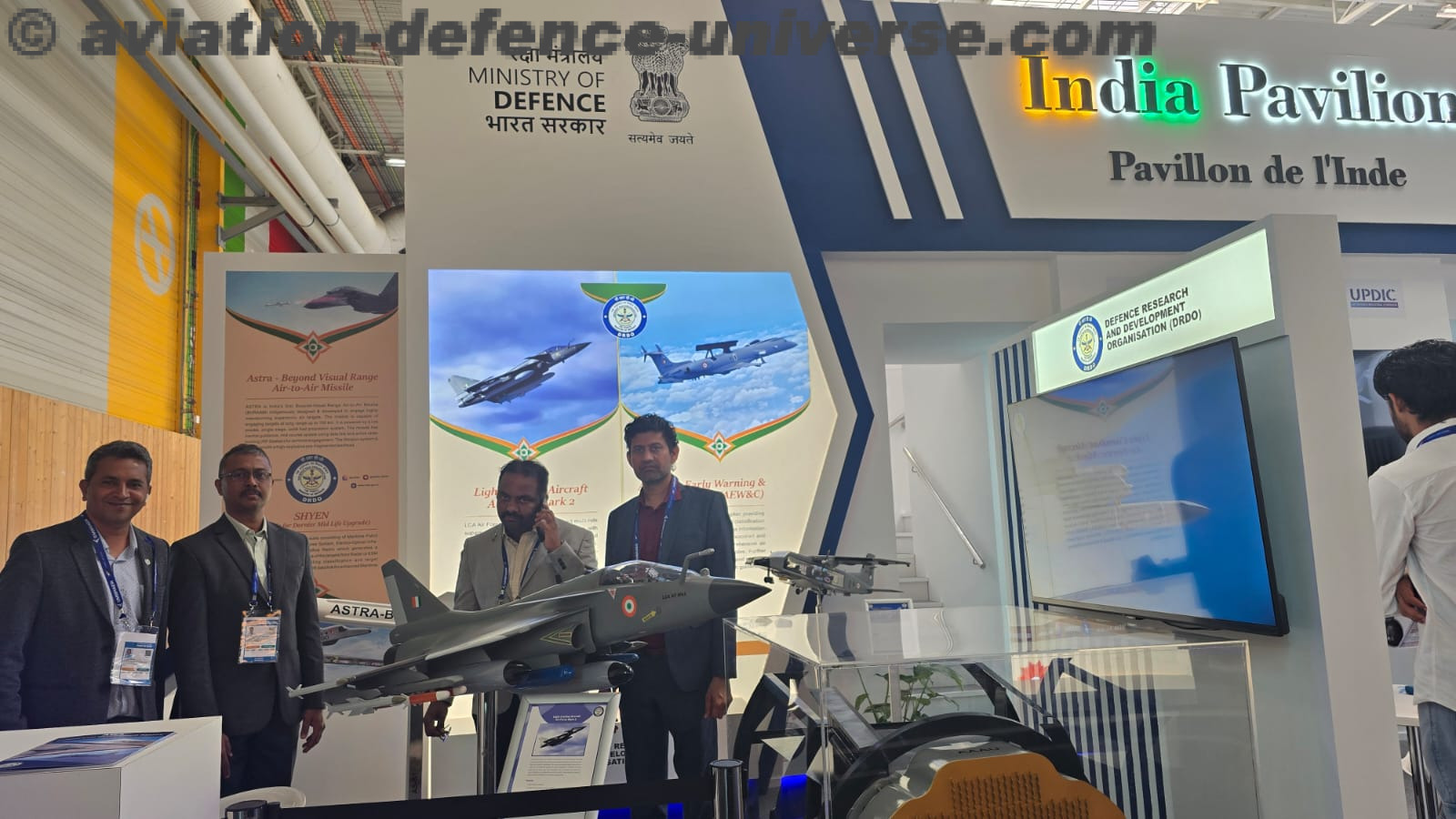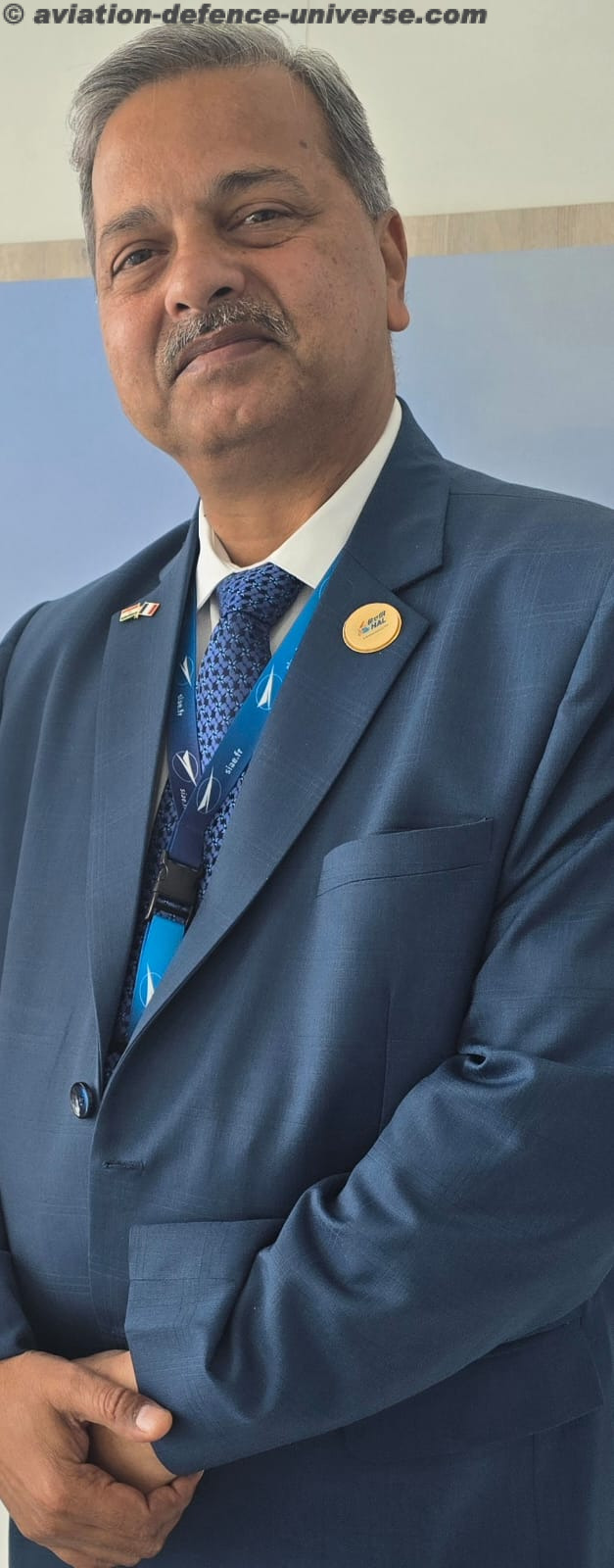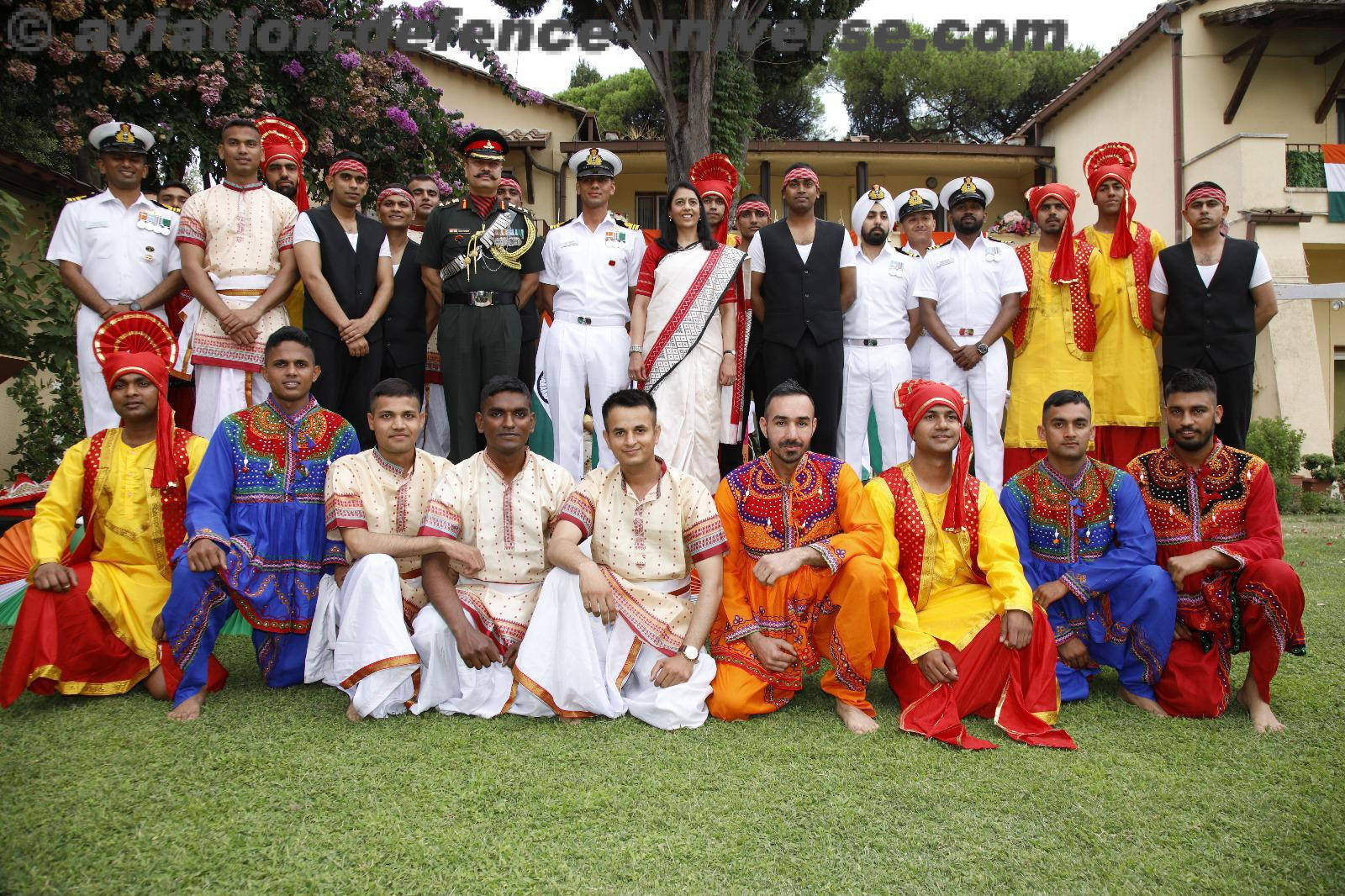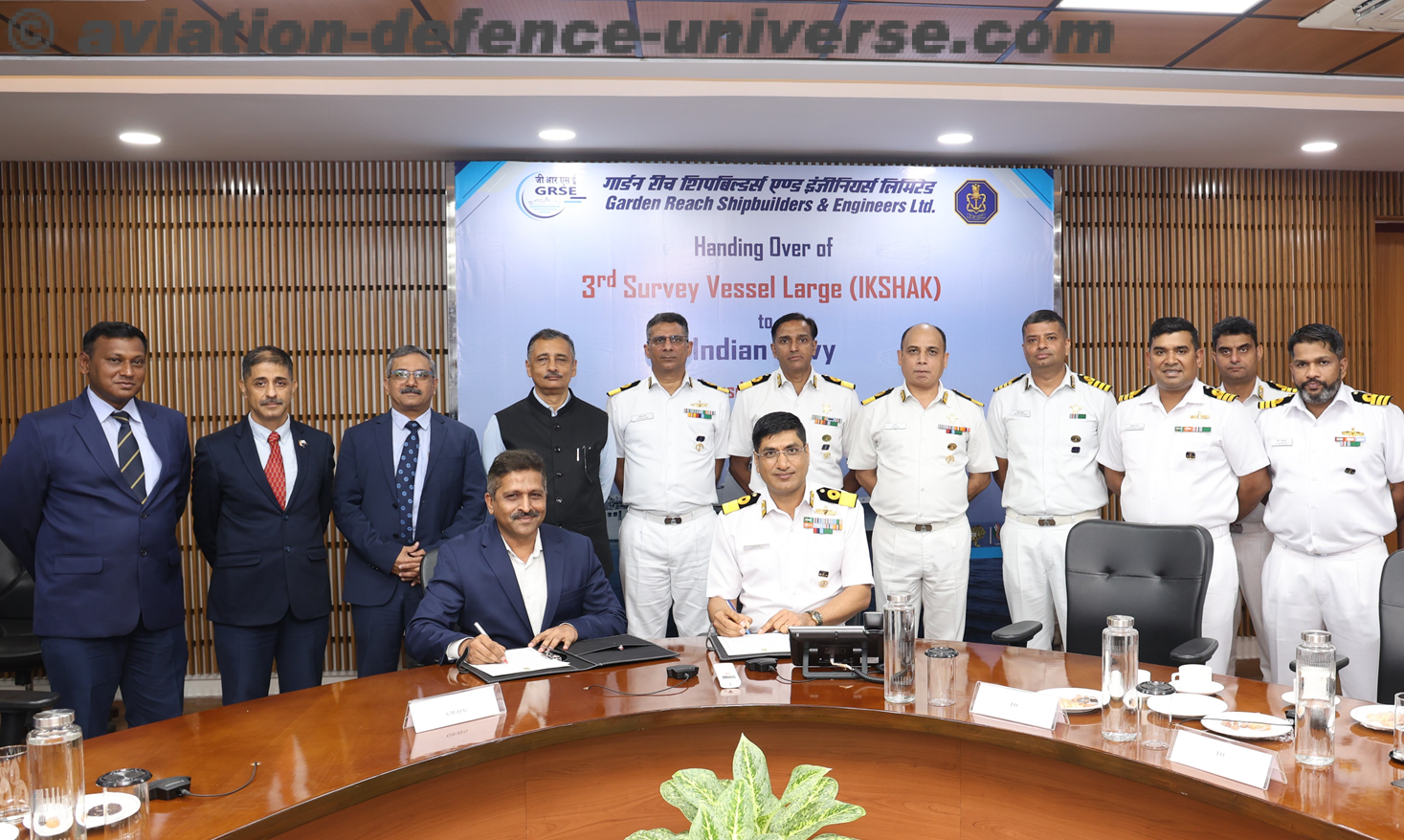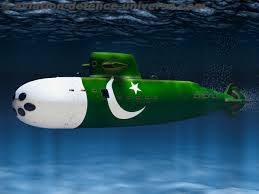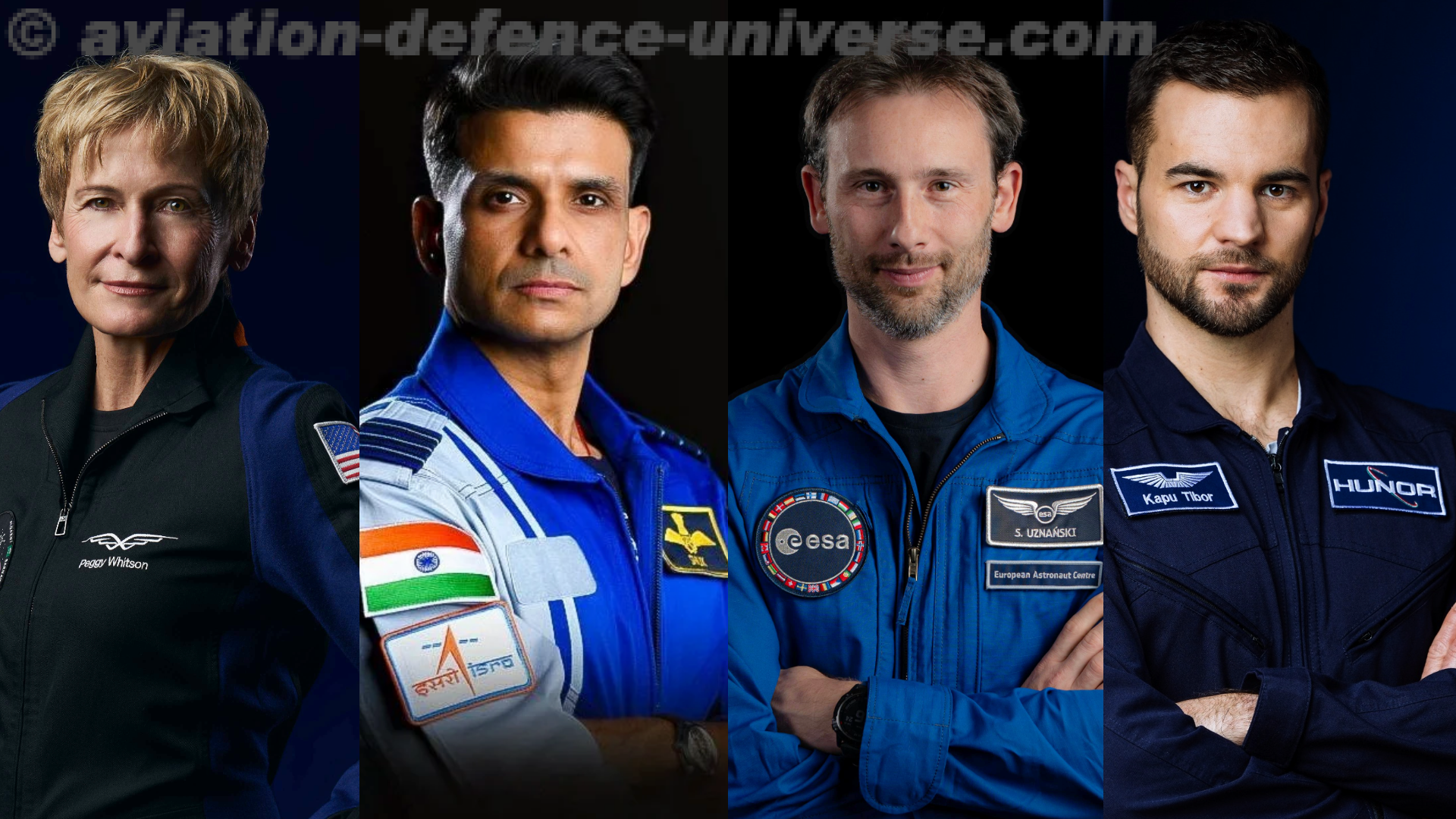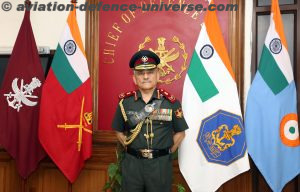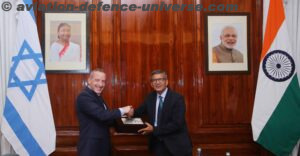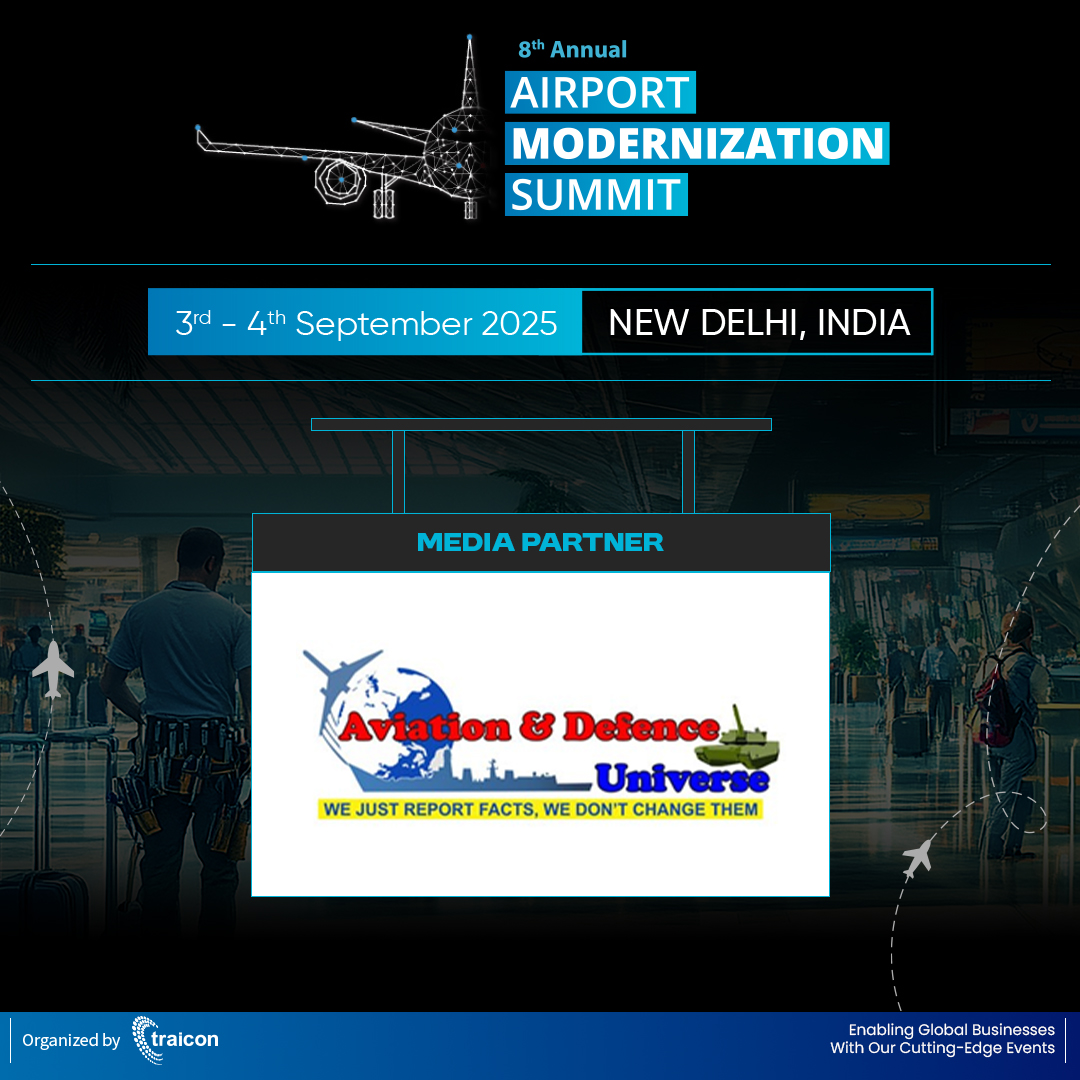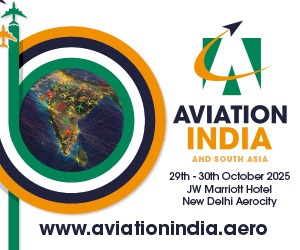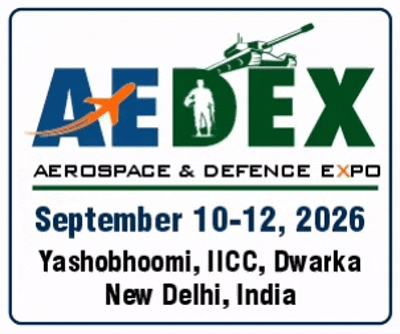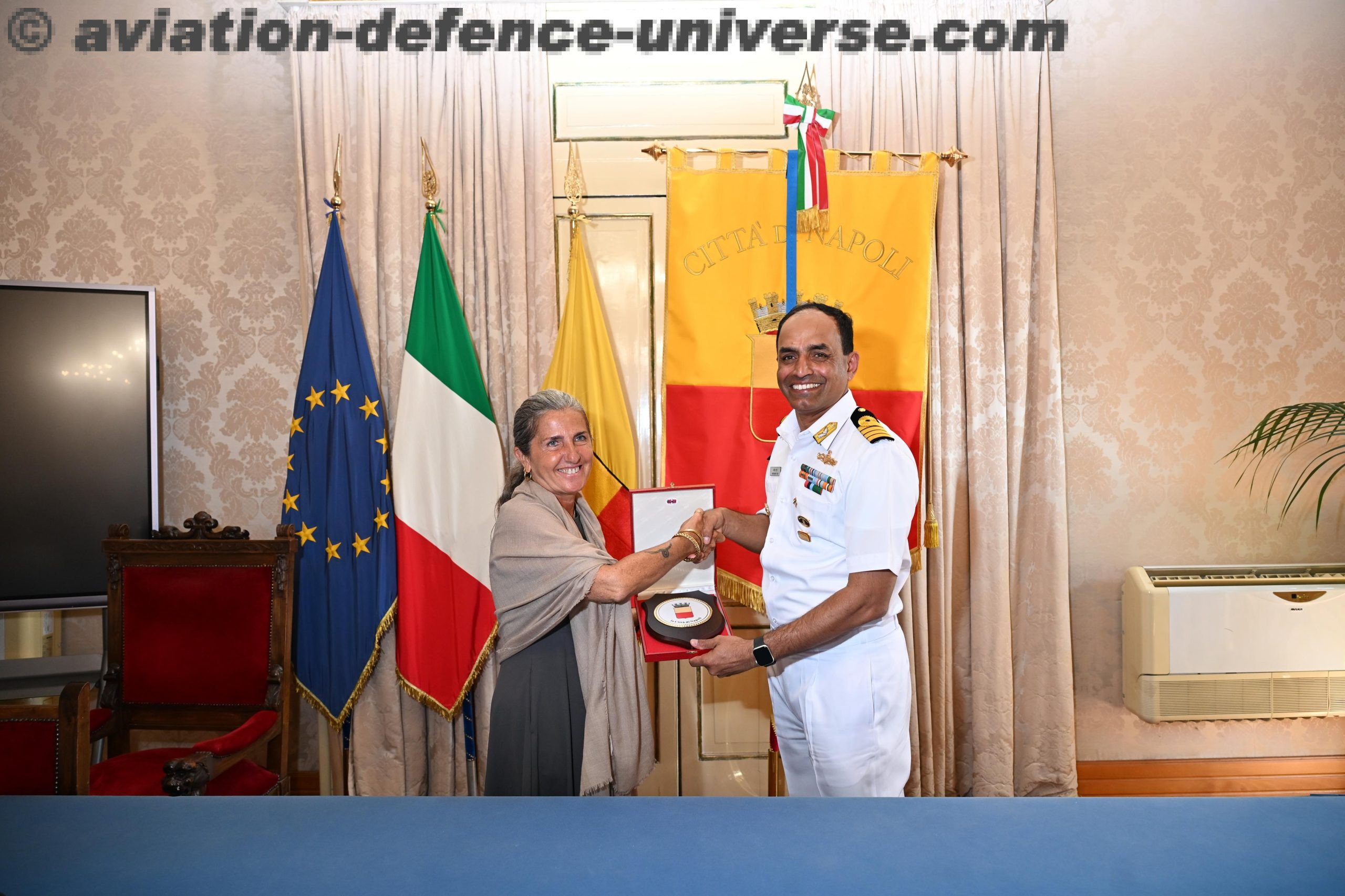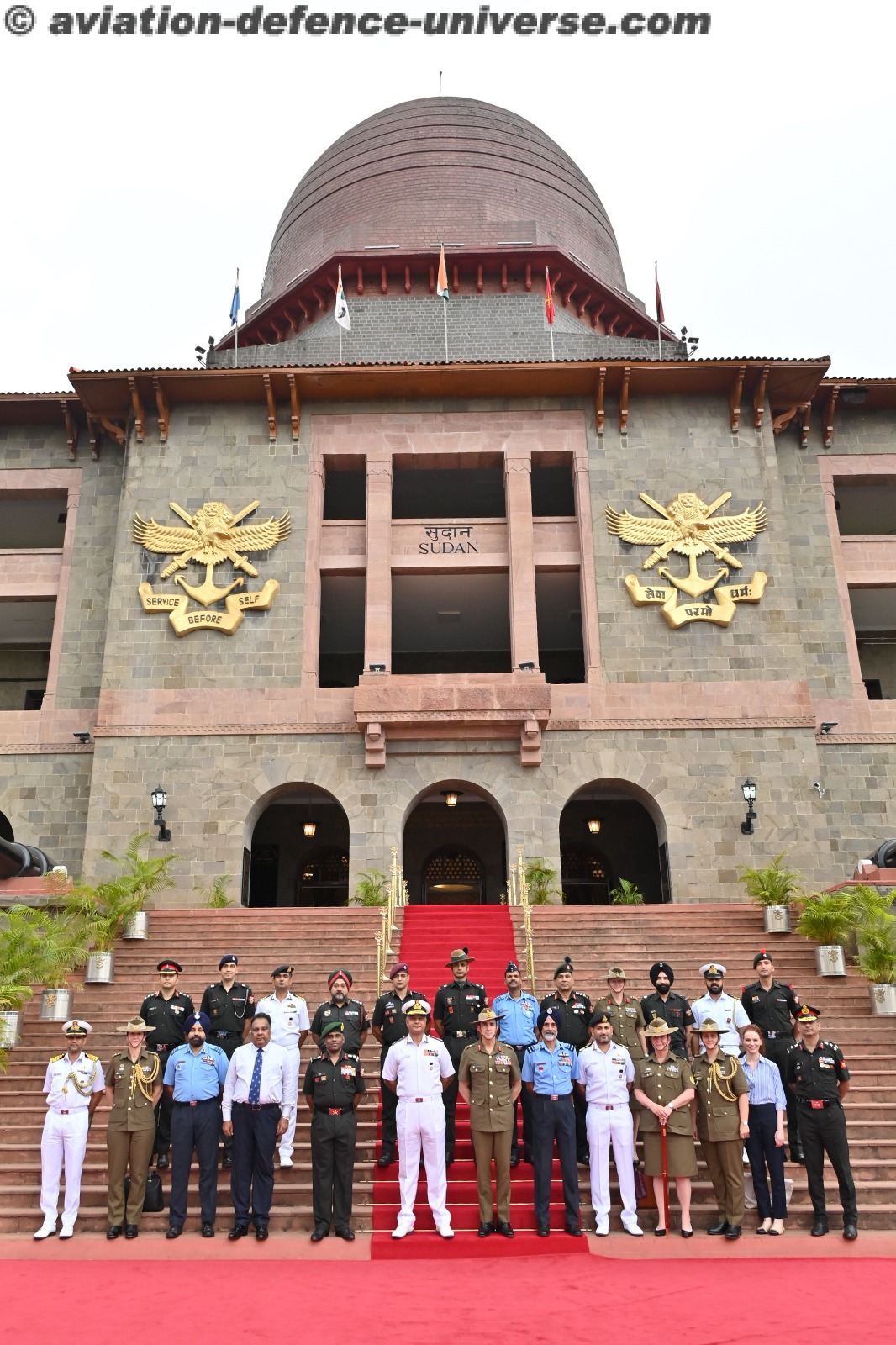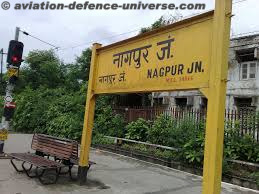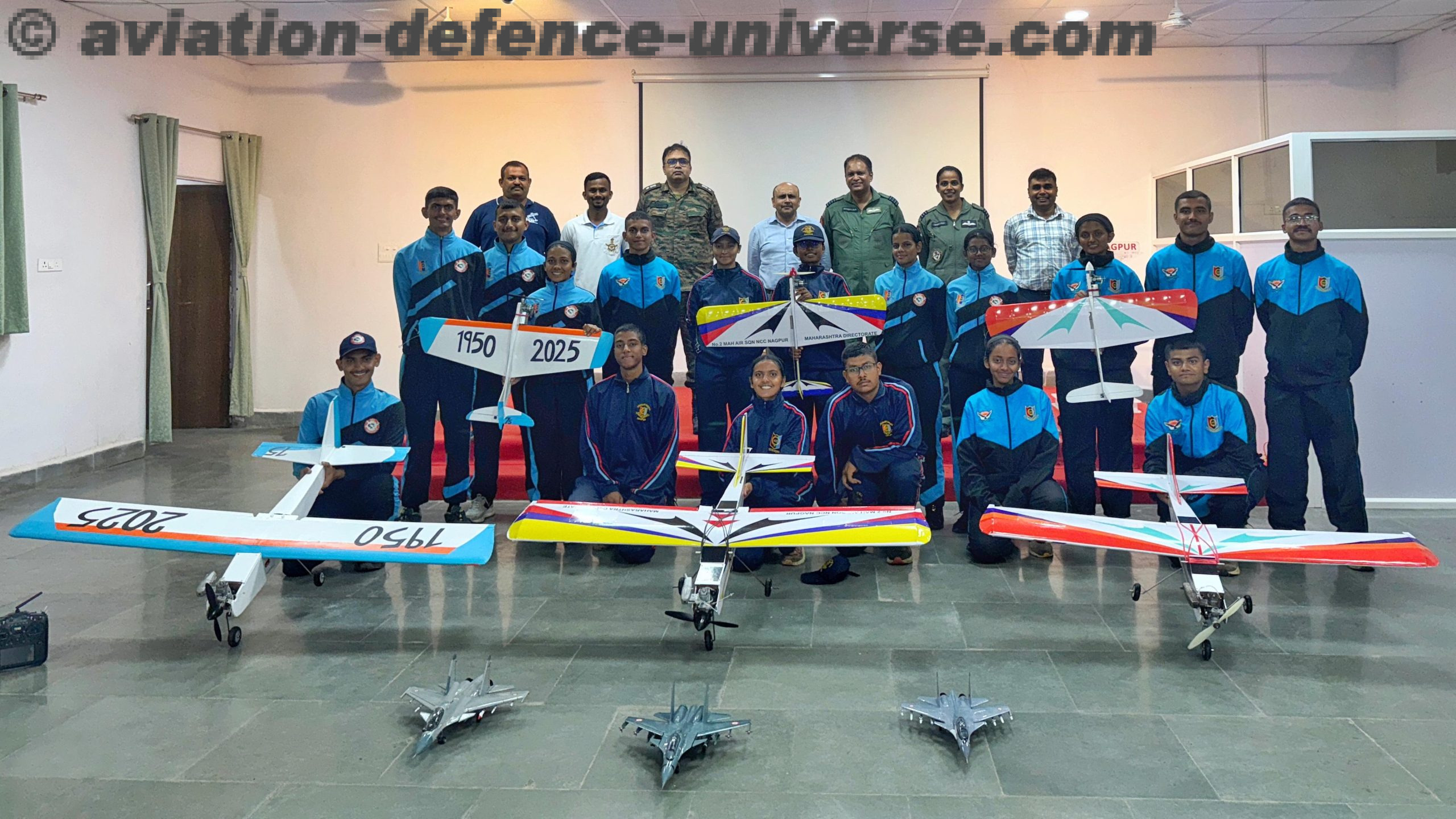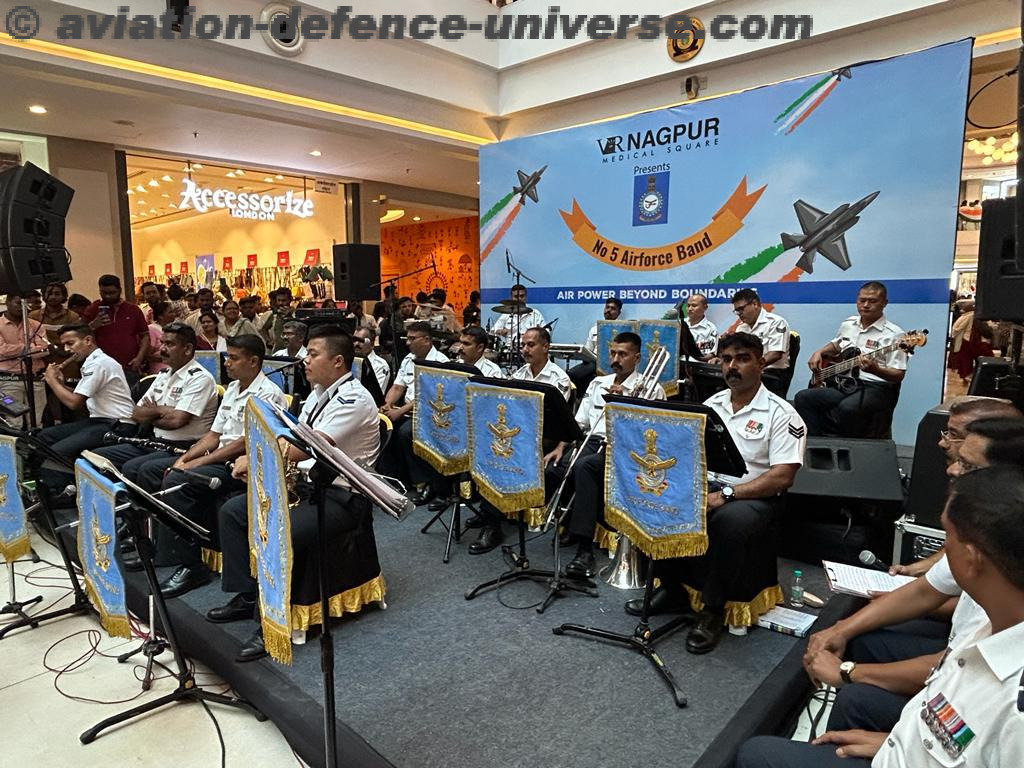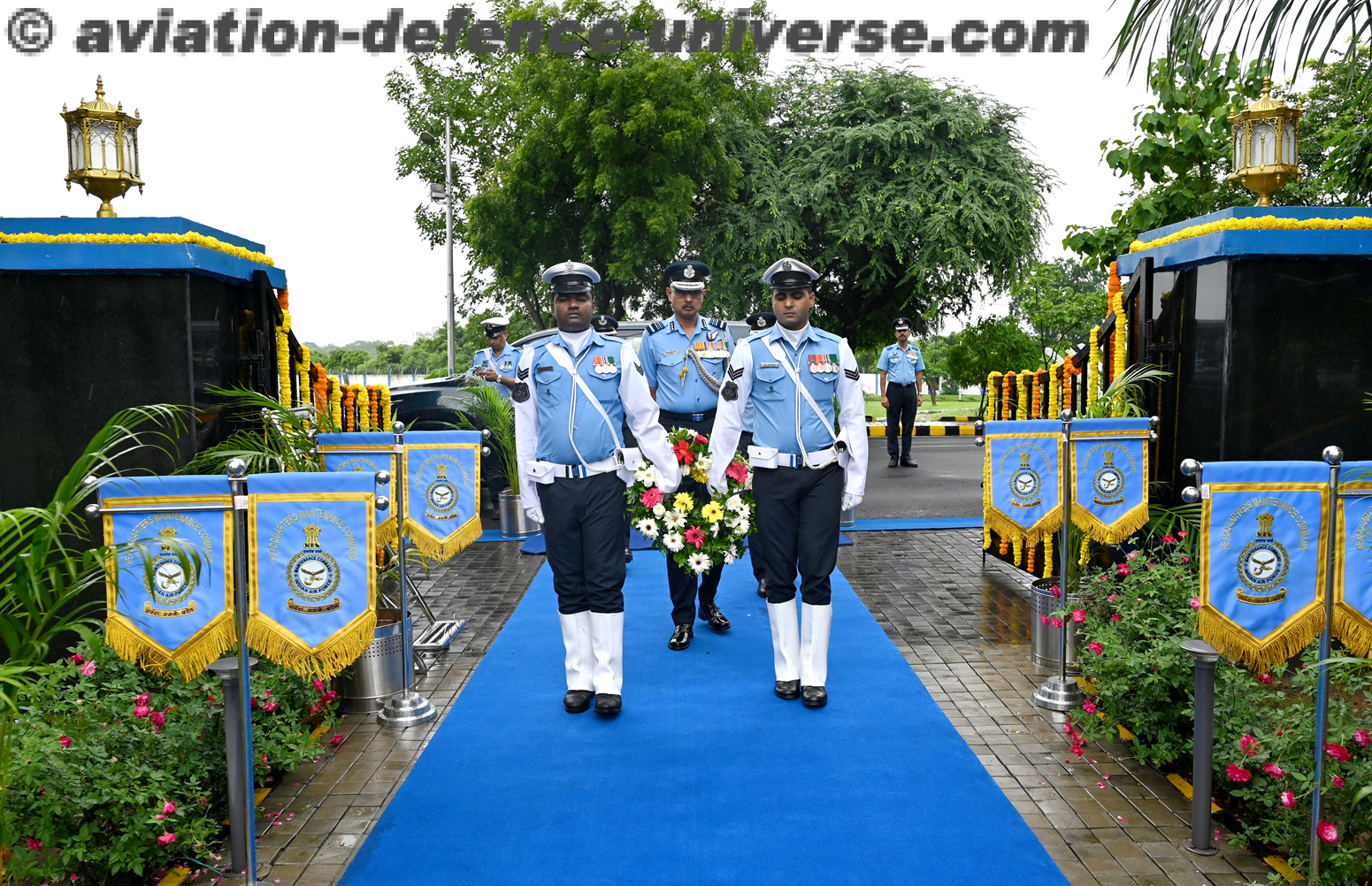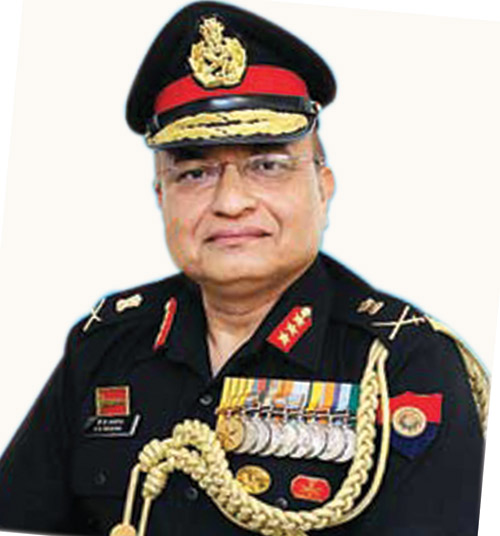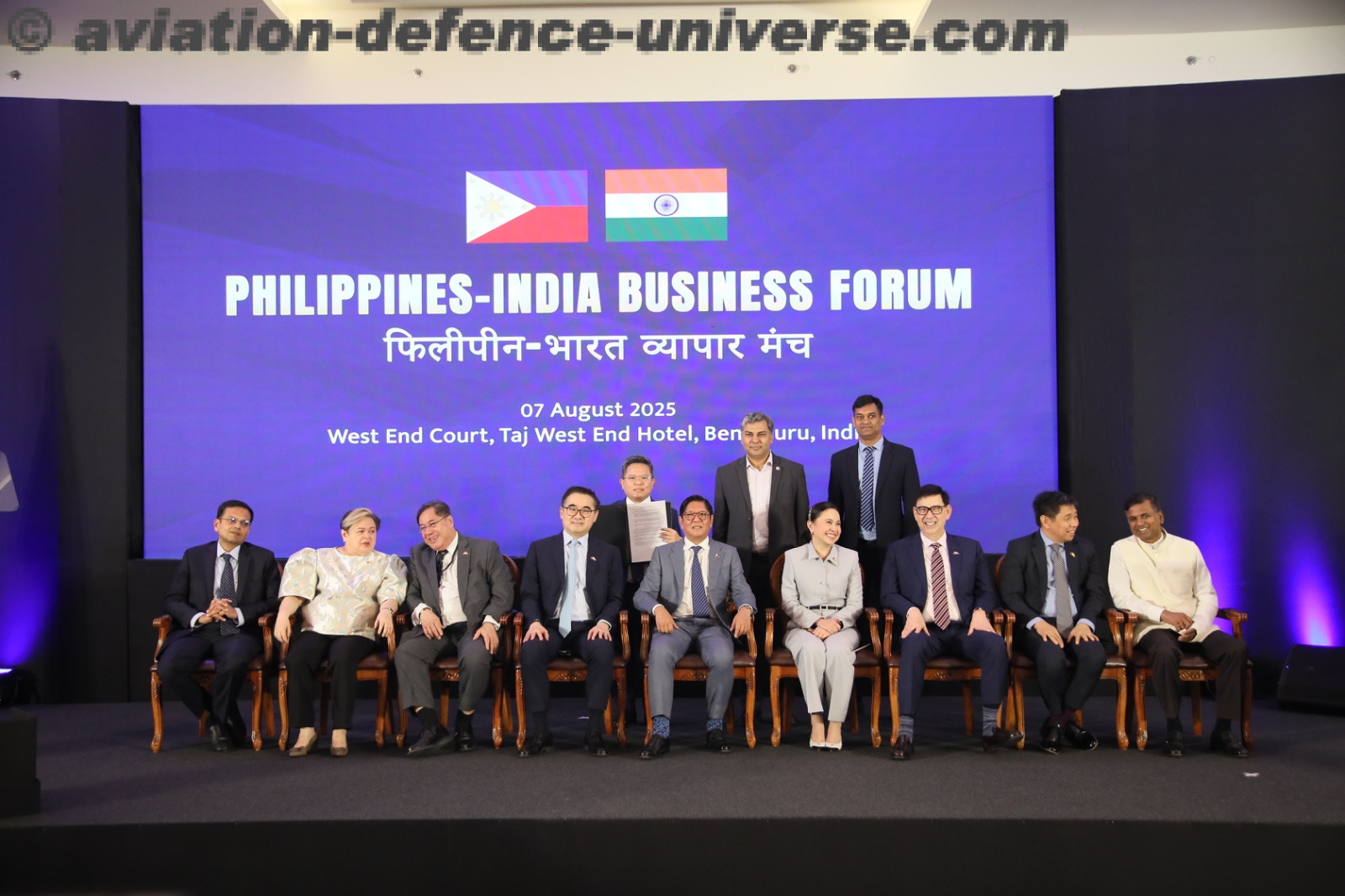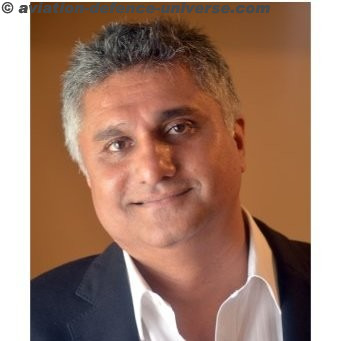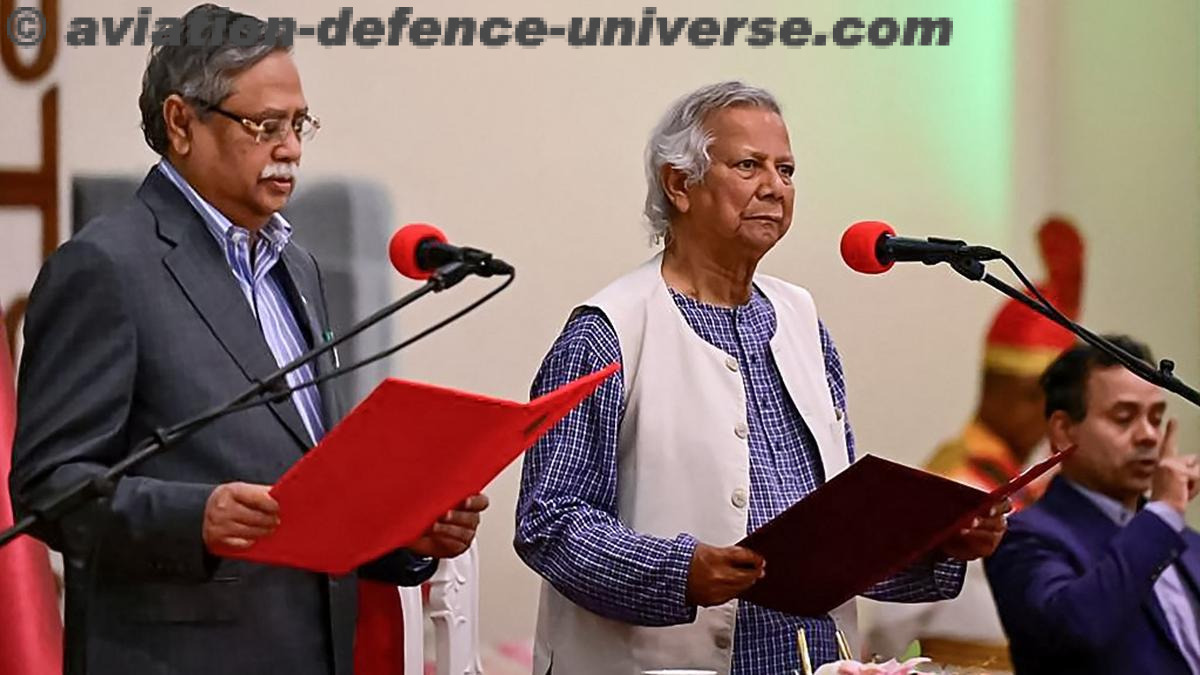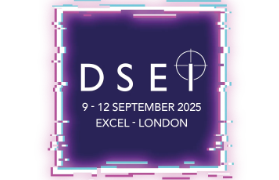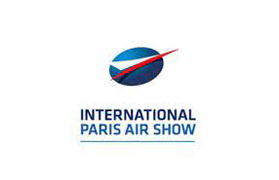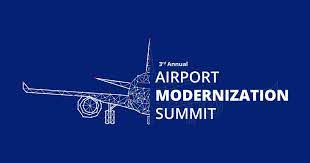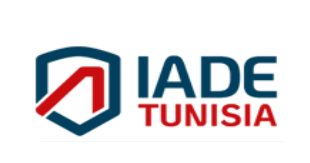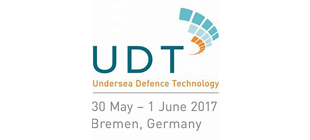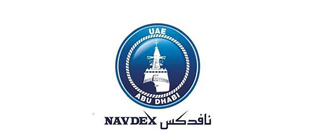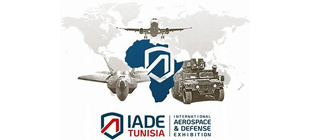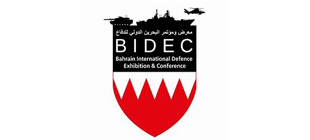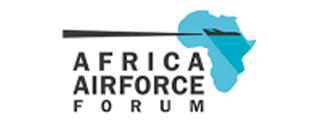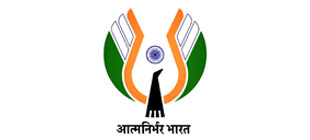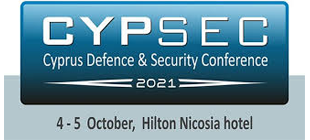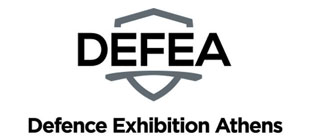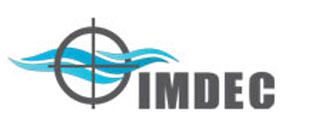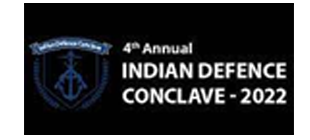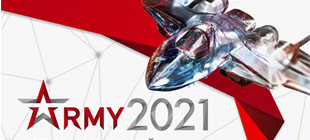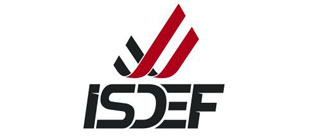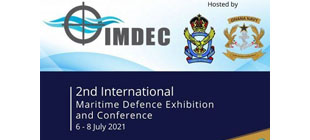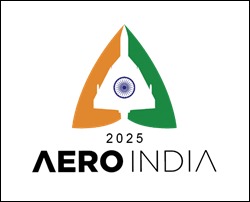- Ax-4 Mission Launched Today: India’s Air Force Pilot Joins Global Space Crew
- India, Poland and Hungary Return to Space after more than 40 years each
By Sangeeta Saxena
New Delhi. 25 June 2025. 7-6-5-4-3-2-1 and Group Captain Shubhanshu Shukla zoomed into space aboard the SpaceX Dragon, Axiom-4 (Ax-4) mission from NASA’s Launch Complex 39A at the Kennedy Space Center in Florida today. He is the first astronaut to go to the International Space Station. This trip happened 41 years after Rakesh Sharma spent eight days in orbit above the Salyut-7 space station in 1984, when it was still part of the Soviet Union.The mission, part of Axiom Space’s private spaceflight initiative, will transport Shukla and a multinational crew to the International Space Station (ISS), where they will conduct cutting-edge research and technology demonstrations.
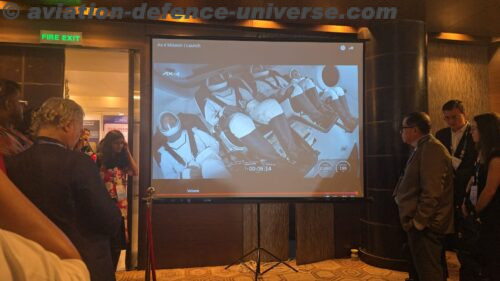
The Ax-4 crew includes Commander Peggy Whitson, Mission Pilot Group Captain Shubhanshu Shukla from India, Mission Specialist Sławosz Uznański representing Poland and the European Space Agency (ESA), and Mission Specialist Tibor Kapu from Hungary. The astronauts arrived in Houston earlier in the month to begin joint training with Axiom Space, NASA, and SpaceX.
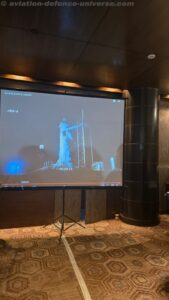
The Ax-4 mission stood out for its unprecedented focus on research, featuring approximately 60 scientific studies and technology demonstrations across 31 countries, making it Axiom’s most research-intensive mission to date. Key partners included the Indian Space Research Organisation (ISRO), ESA/Poland, and Hungary’s HUNOR program. Experiments ranged from human health, microgravity biology, and material sciences to Earth observation and space medicine.
India’s contributions to the science complement included studies in human research and biological systems, while Poland and Hungary engaged in advanced microgravity experiments supported by ESA and national space agencies. The mission also integrated student-led experiments from the Limitless Space Institute, space-based assessments of joint health, cancer research in microgravity, and onboard computing demonstrations. Data from the mission was set to feed into several global repositories, including TRISH’s Commercial Astronaut Data Repository (CADRE) and the Neuroimaging Initiative.
In her remarks before the launch, Commander Peggy Whitson stated, “With a culturally diverse crew, we were not only advancing scientific knowledge but also fostering international collaboration. Our previous missions set the stage, and with Ax-4, we ascended even higher — bringing more nations to low-Earth orbit and expanding humanity’s reach among the stars.”
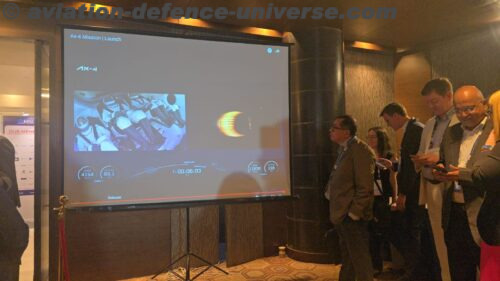
The Axiom Mission 4 (Ax-4) marks a significant chapter in commercial spaceflight and international collaboration. The mission’s key highlights include a robust slate of scientific research, with the crew conducting a variety of microgravity experiments in materials science, biology, and life sciences aboard the ISS. Ax-4 further advances Axiom Space’s broader vision of enabling private enterprise and space tourism in low Earth orbit, reinforcing the commercial viability of such missions. The diverse international crew showcases the power of global teamwork in modern space exploration, bringing together astronauts from India, Poland, Hungary, and the United States. In addition, the mission successfully tests advanced technologies, including life support systems, which are critical for sustaining longer-duration space travel and upcoming missions to commercial space stations.
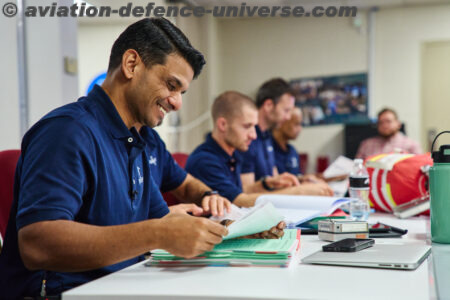
Among the most noteworthy moments is the participation of Group Captain Shubhanshu Shukla, whose journey to the ISS symbolizes India’s rising presence in the global space arena and the growing integration of Indian defence and scientific expertise into multinational aerospace ventures. The Ax-4 mission thus stands as a strong foundation for future endeavours in space science, commercial partnerships, and international cooperation. And the city of Lucknow in India takes pride in this achievement of it’s illustrious son.



